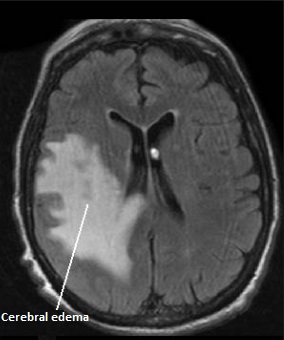Hyperosmolar hyperglycemic state MRI
|
Hyperosmolar hyperglycemic state Microchapters |
|
Differentiating Hyperosmolar hyperglycemic state from other Diseases |
|---|
|
Diagnosis |
|
Treatment |
|
Case Studies |
|
Hyperosmolar hyperglycemic state MRI On the Web |
|
American Roentgen Ray Society Images of Hyperosmolar hyperglycemic state MRI |
|
Risk calculators and risk factors for Hyperosmolar hyperglycemic state MRI |
Editor-In-Chief: C. Michael Gibson, M.S., M.D. [1]; Associate Editor(s)-in-Chief:
Overview
There are no MRI findings associated with [disease name].
OR
[Location] MRI may be helpful in the diagnosis of [disease name]. Findings on MRI suggestive of/diagnostic of [disease name] include [finding 1], [finding 2], and [finding 3].
OR
There are no MRI findings associated with [disease name]. However, a MRI may be helpful in the diagnosis of complications of [disease name], which include [complication 1], [complication 2], and [complication 3].
MRI
- MRI may be helpful in the workup of hyperosmolar hyperglycemic state to rule out conditions that present with an altered state of consciousness such as meningitis, cerebral abscess, encephalitis or stroke.
- MRI may also be helpful in the diagnosis of cerebral edema which can be a complication of the treatment hyperosmolar hyperglycemic state.
- MRI may show the following findings in case of cerebral edema:[1]

References
- ↑ Glaser NS, Wootton-Gorges SL, Marcin JP, Buonocore MH, Dicarlo J, Neely EK, Barnes P, Bottomly J, Kuppermann N (2004). "Mechanism of cerebral edema in children with diabetic ketoacidosis". J. Pediatr. 145 (2): 164–71. doi:10.1016/j.jpeds.2004.03.045. PMID 15289761.